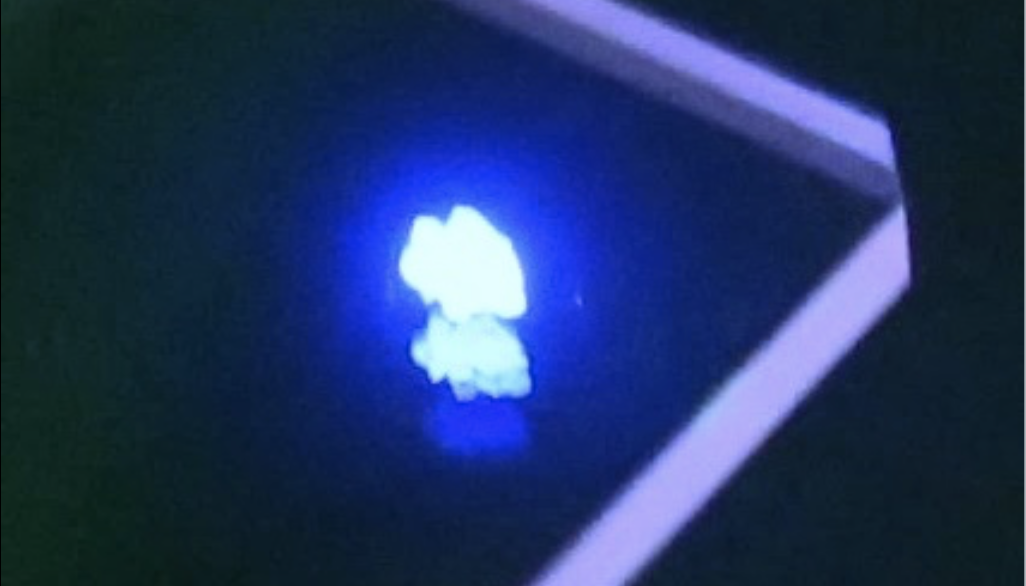Reducing CO2 emissions by enhancing artificial photosynthesis efficiency
In photo: Photon upconversion solid materials (Courtesy of Nissan Motor Corporation-Japan)
In collaboration with the Tokyo Institute of Technology, Nissan Motor Co., Ltd. has developed photon upconversion (UC) solid materials with outstanding performance that can improve the efficiency of artificial photosynthesis.
By artificial photosynthesis, water is split into oxygen and hydrogen. The hydrogen is then reacted with CO2 to produce raw compounds, such as olefins, for resins.

Nissan aims to achieve carbon neutrality throughout the life cycle of its products by 2050. This new technology will contribute to Nissan’s aims by enhancing the use of CO2 as a raw material, which can reduce dependence on fossil fuels in the manufacture of resins and other products.
The newly developed UC solids convert presently wasted long-wavelength light into short-wavelength light, which can be used in a variety of artificial photosynthesis applications. The conversion is at a high efficiency (up to approximately 30% of the theoretical limit of UC) even in weak sunlight irradiation.
The new UC materials are stable solids that can continue to function even when oxygen is present. They increase the amount of light energy available for artificial photosynthesis when combined with photocatalysts. Conventional UC materials have often been flammable organic solvent solutions that even when solidified their efficiency and durability to light irradiation were generally poor. This often necessitated an oxygen-free environment as well as high-intensity incident light.
Further details of this technology are described in the December 2021 issue of “Materials Horizons”, an academic journal of the Royal Society of Chemistry (UK).














